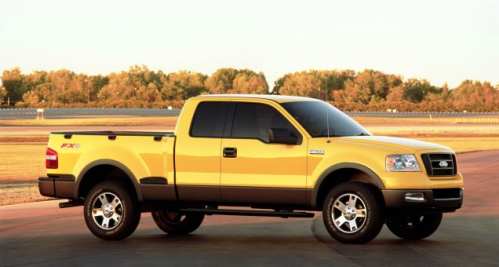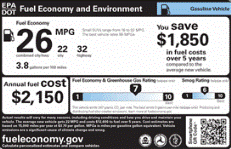
Propane or liquefied petroleum gas (LPG) is a clean-burning fossil fuel that can be used to power internal combustion engines. LPG-fueled vehicles can produce significantly lower amounts of some harmful emissions and the greenhouse gas carbon dioxide (CO2). LPG is usually less expensive than gasoline, it can be used without degrading vehicle performance, and most LPG used in U.S. comes from domestic sources.
The availability of LPG-fueled light-duty passenger vehicles is currently limited. A few light-duty vehicles—mostly larger trucks and vans—can be ordered from a dealer with a prep-ready engine package and converted to use propane. Existing conventional vehicles can also be converted for LPG use. Since propane is stored as a liquid in pressurized fuel tanks rated to 300 psi, LPG conversions consist of installing a separate fuel system if the vehicle will run on both conventional fuel and LPG or a replacement fuel system for LPG-only operation.
| Advantages | Disadvantages |
|---|---|
|
|
Additional Information
Fuel Economy Information for Alternative Fuel Vehicles
Alternative Fuels and Advanced Vehicles Data Center (U.S. Department of Energy)
- Alternative & Advanced Fuels: Propane
- Alternative Fueling Station Locator
- Propane Vehicle Conversions
- Propane Vehicle Availability
- Propane Vehicle Emissions
- Propane Publications
Energy Information Administration (U.S. Department of Energy)
Domestic production and imports of LPG: EIA. 2011. Annual Energy Review 2010. Tables 5.3 and 5.11










